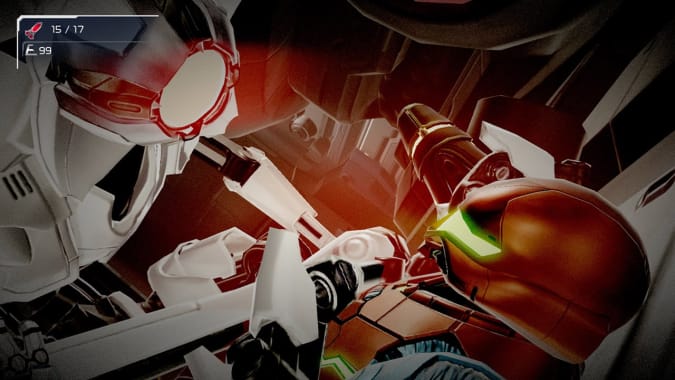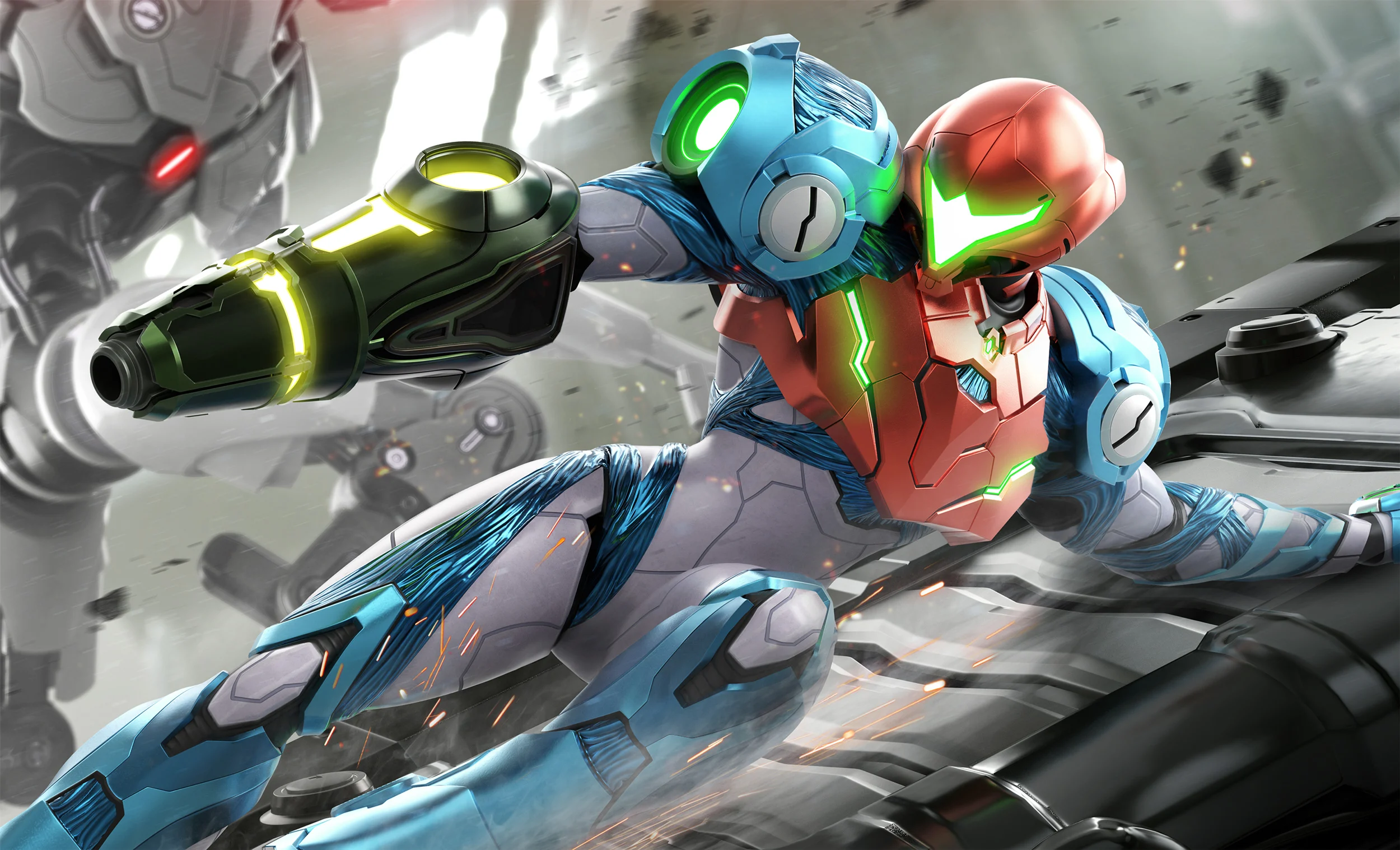Nintendo occasionally milks some of its big franchises, but Metroid is generally not one of them. In fact, Metroid Dread is the first all-new game in the series since the divisive Metroid: Other M arrived in 2010. As the fifth mainline, side-scrolling game in the series, Dread has a lot to live up to. And while it’s not a total reinvention of the franchise, like Metroid Prime was 19 years ago, it also does a great job of avoiding the pitfall of feeling like a retread, an issue that occasionally plagues Nintendo’s other flagship franchises.
If you’ve played any of the previous side-scrolling Metroid games, Dread will be familiar. As usual, Samus Aran loses all her powers and needs to escape an underworld maze, fighting baddies and retrieving power-ups that let you explore new sections (or old parts of the map you couldn’t get through before).
That’s a well-trodden path, but Nintendo flipped things this time with the E.M.M.I. encounters, terrifying robotic enemies that stalk you through specific parts of the map. They can’t be killed until you explore their area to find a weapon power-up that puts you on equal footing. At first, I was worried that these encounters would be too frequent, or too hard to escape, but developer MercurySteam did an excellent job balancing out the E.M.M.I. areas. Escaping from the dreaded robots by leaving the zones they patrol isn’t too tough, and you don’t have to spend so long in their areas that the whole game devolves into stealth tension.
On the other hand, if you get caught by an E.M.M.I., that’s pretty much it. You have one chance to block their lethal attack, and I’ve only done it right once. I’ve probably gotten caught several dozen times and have never made it out alive. Fortunately, the game just resets you to the door entering the E.M.M.I. zone if you fail, so you won’t lose much progress.

Nintendo
Meanwhile, I’ve had a blast exploring the dank tunnels and caverns that make up the world of Dread. As with most Nintendo games, the atmosphere and art style are top-notch, even if Dread doesn’t hold a candle to the more technologically advanced titles on the Xbox Series X or PS5. When I play a game that is this well-designed and thoughtful about what it does with the technology available to it, I don’t worry about counting pixels. That said, it also looks extremely impressive docked to my 4K TV.
Most of the gameplay hallmarks of Metroid titles are here, including power-ups like charged shots, the morph ball, the missile cannon and plenty of other returning favorites. But there’s enough new here, like the grapple beam and screw attack, to keep the game feeling fresh.
Maybe for people who have obsessively played the Metroid series before, Dread will feel like more of a retread. But while I’m familiar with the core components of these games, the first-person Metroid Prime is the game I know the best — I never beat the original game, or the highly-regarded Super Metroid on the Super NES. If you’re like me, don’t let that stop you from trying Metroid Dread. There’s a reason so-called Metroidvania games are still popular.
And if you haven’t tried one before, getting the newest installment in the series that helped define the genre is a great way to get your feet wet. Most importantly, it doesn’t feel like MercurySteam and Nintendo just checked the boxes for this game. Indeed, the skill that MercurySteam brought to Samus Returns (a remake of 1991’s Metroid II: Return of Samus for the Game Boy) is on display here; Nintendo definitely picked the right developer to make the first mainline Metroid game since 2002. It’s an inspired addition to a series that already has an impressive legacy. Just don’t get cocky — run like hell if an E.M.M.I. tracks you down.
All products recommended by Engadget are selected by our editorial team, independent of our parent company. Some of our stories include affiliate links. If you buy something through one of these links, we may earn an affiliate commission.
Credit: Source link


Comments are closed.